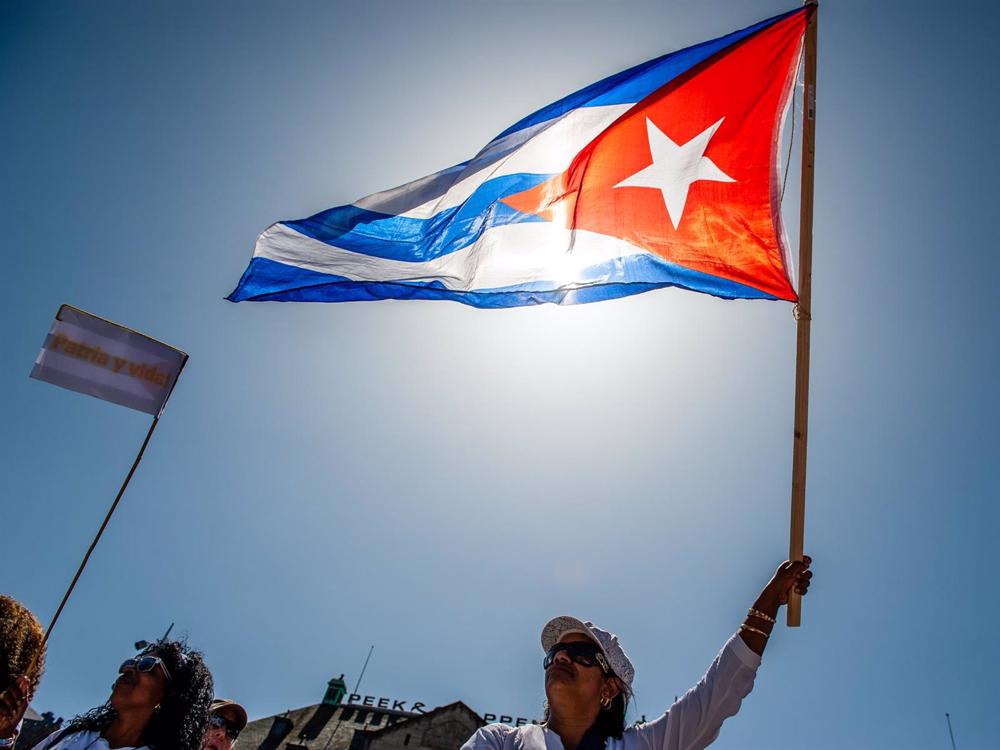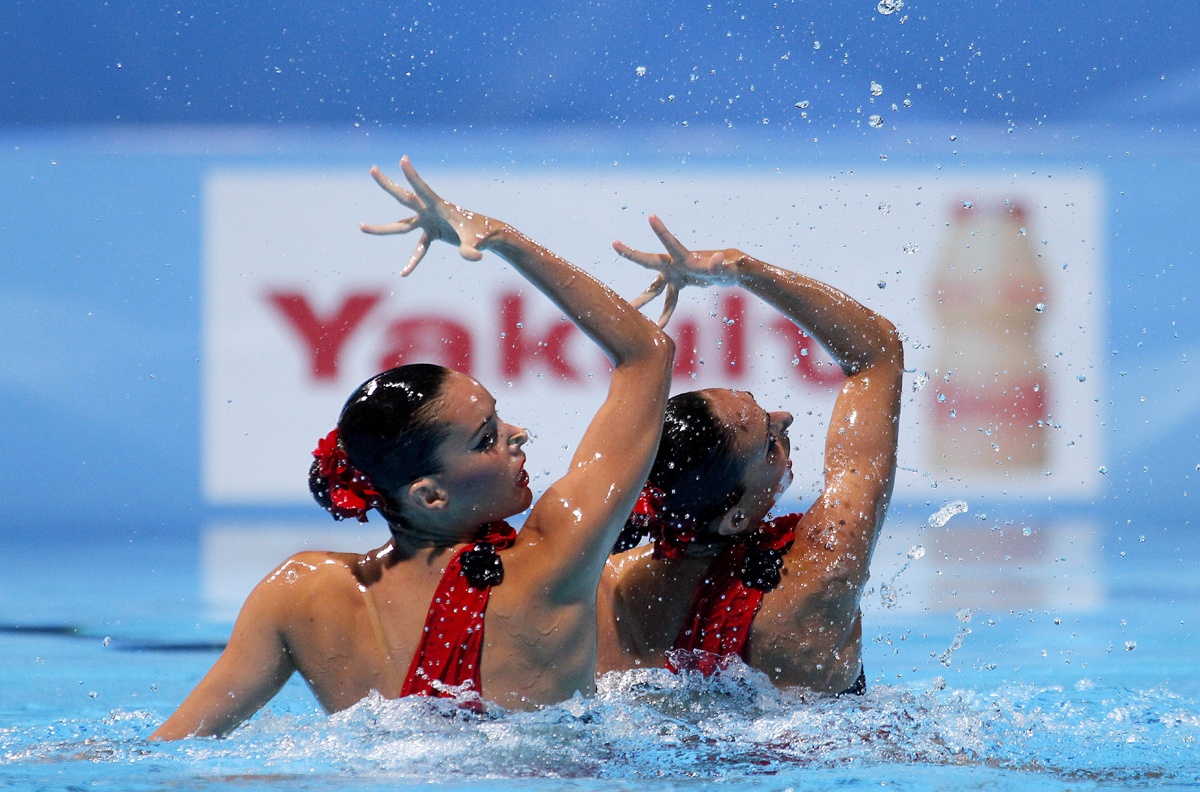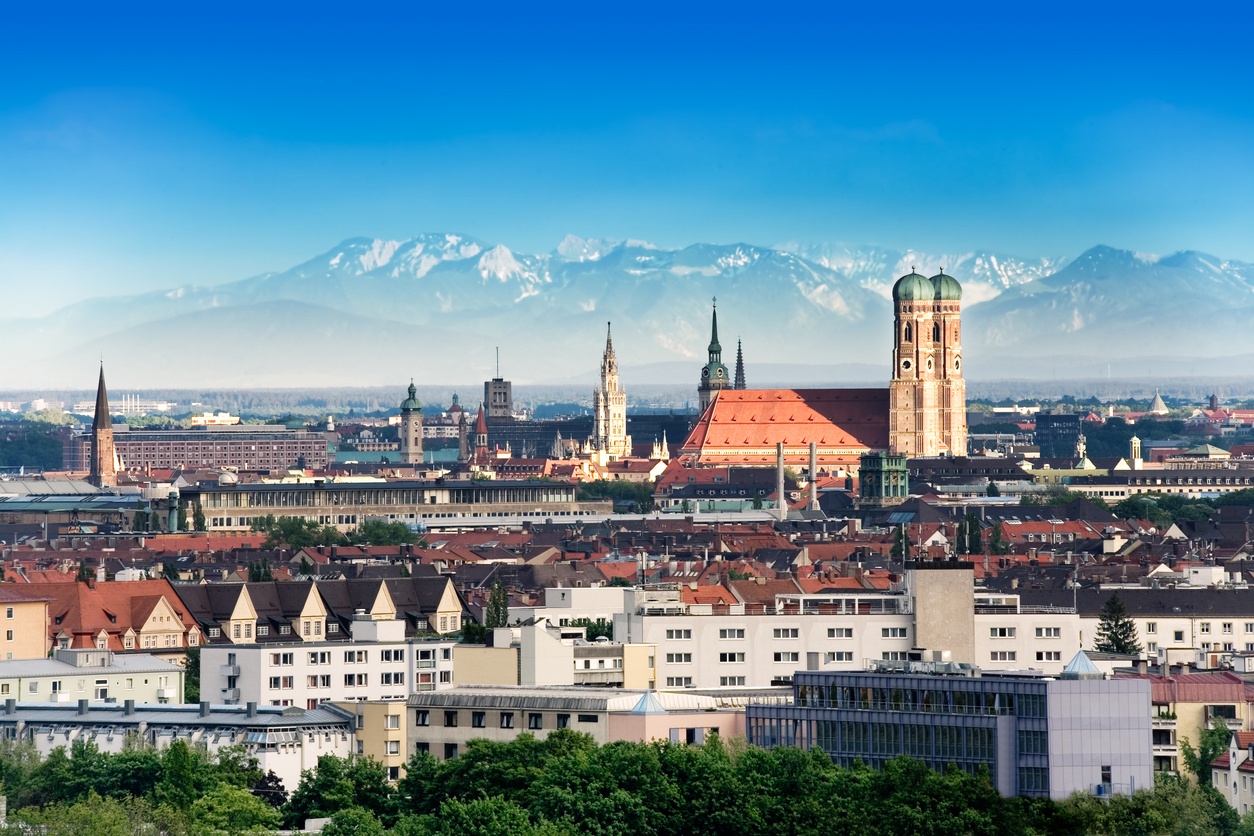
Lithuanian authorities on Tuesday began dismantling six giant Soviet-era statues located in the military cemetery in the capital, Vilnius, in line with policies other countries have undertaken against such tributes in retaliation for Russia’s invasion of Ukraine.
«We will do it with respect. Of course, the graves will not be destroyed,» the mayor of Vilnius, Remigijus Simasius, has clarified in relation to the 3,000 Red Army soldiers who fell in World War II and whose remains rest in this military cemetery in Antakalnis.
«We will be cleansed of this Soviet symbol,» celebrated Simasius, who described the moment as «a happy day» for the history of the Lithuanian capital. The decision of the local authorities is taken against the UN Human Rights Committee, which temporarily halted the project.
However, Simasius argues that this UN committee was misled, as at no time will the remains of the deceased be desecrated. «I have no doubt that this is the only correct decision,» he said.
The statues that have begun to be removed are granite colossi about six meters high depicting soldiers of the Soviet Union Army. They are scheduled to be moved to the Lithuanian National Museum, where other Soviet-era carvings and plaques have already been sent.
The Antakalnis memorial, erected in 1951, houses the bodies of more than 3,000 Soviet soldiers killed in action in 1944, during the battle for the liberation of Vilnius. With Lithuania’s independence in the early 1990s, an operation to eliminate the country’s Soviet past also began, sending the vast majority of these tributes to the Grotto Park, more than a hundred kilometers from the capital.






